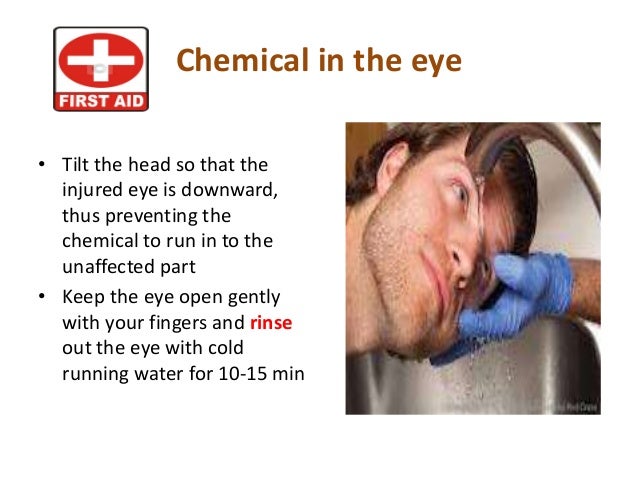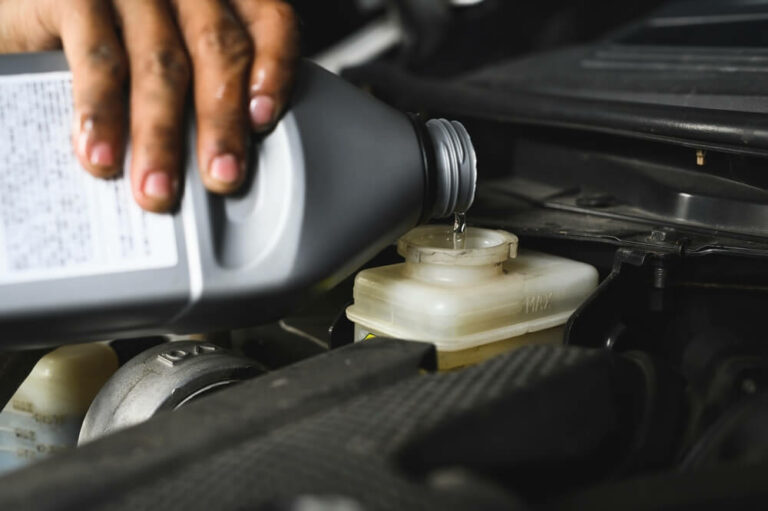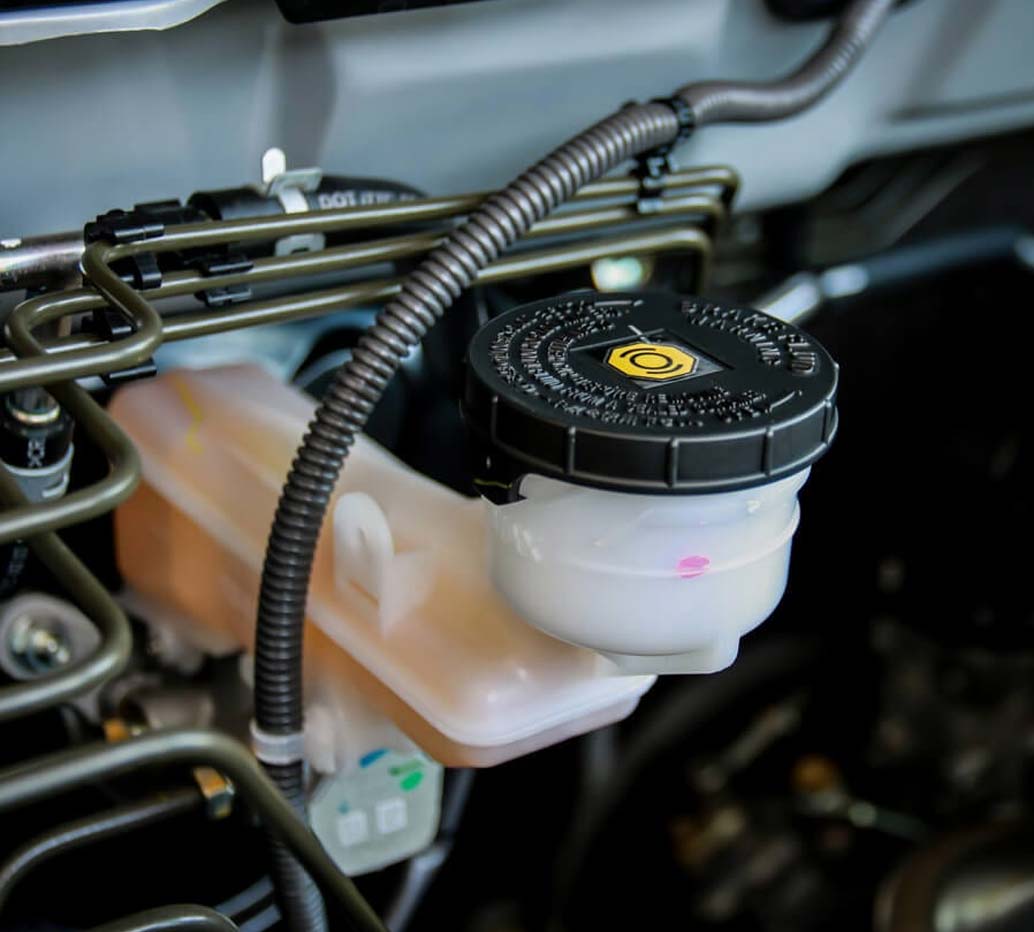Chemical Splashes and Eye Safety
In various industries, such as automotive, manufacturing, and construction, workers are often exposed to hazardous substances that can cause serious eye injuries. Brake fluid, in particular, is a common culprit in chemical splashes that can lead to severe eye damage, including brake fluid in the eye. The importance of eye safety cannot be overstated, as even a single incident of brake fluid in the eye can have long-lasting consequences. According to the Occupational Safety and Health Administration (OSHA), thousands of workers suffer from eye injuries every year, many of which are caused by chemical splashes. It is crucial to take proactive measures to prevent these accidents and to know how to respond in case of an emergency. By understanding the risks associated with brake fluid and other hazardous substances, individuals can take steps to protect their eyes and prevent devastating injuries.
What Happens When Brake Fluid Gets in Your Eye
When brake fluid gets in the eye, it can cause severe irritation, inflammation, and potentially long-term damage. The effects of brake fluid exposure can be immediate and devastating, leading to symptoms such as intense eye pain, blurred vision, redness, and sensitivity to light. If not treated promptly and properly, brake fluid in the eye can cause corneal ulcers, vision loss, and even permanent blindness. The severity of the damage depends on the concentration of the brake fluid, the duration of exposure, and the promptness of medical attention. It is essential to act quickly and seek medical help immediately if brake fluid gets in the eye, as delaying treatment can lead to more severe and long-lasting consequences.
How to Flush Out Brake Fluid from Your Eye
In the event of brake fluid exposure to the eye, it is crucial to flush out the substance as quickly and thoroughly as possible to minimize damage. To do so, follow these step-by-step instructions: First, turn your head to the side and tilt your head so that the affected eye is lower than the unaffected eye. This will help the brake fluid drain out of the eye more easily. Next, gently pull the upper eyelid over the lower eyelid to create a pocket, and then flush the eye with plenty of water or an eye wash solution. Continue flushing the eye for at least 15-20 minutes to ensure that all of the brake fluid has been removed. It is essential to use lukewarm water, as hot or cold water can exacerbate the irritation. Additionally, avoid using harsh chemicals, abrasive materials, or strong eye drops, as these can further irritate the eye. After flushing, seek immediate medical attention to ensure that the eye has been properly cleaned and to receive further treatment if necessary. Remember, prompt action is key when dealing with brake fluid in the eye, and proper flushing techniques can help prevent long-term damage.
First Aid and Emergency Response
In the event of brake fluid exposure to the eye, it is crucial to seek medical attention immediately. However, before professional help arrives, there are some basic first aid measures that can be taken to help alleviate the situation. After flushing the eye with water or an eye wash solution, remove any contact lenses and avoid rubbing or touching the affected eye. Do not attempt to neutralize the brake fluid with chemicals or try to remove it with a cotton swab or other objects, as this can cause further irritation. If the individual is experiencing severe eye pain, blurred vision, or difficulty breathing, call emergency services or seek immediate medical attention. It is essential to prioritize prompt medical attention, as brake fluid in the eye can cause severe and long-term damage if left untreated. Remember, the sooner medical attention is sought, the better the chances of preventing permanent damage and promoting a full recovery.
Preventing Brake Fluid Exposure in the First Place
To avoid the risks associated with brake fluid in the eye, it is essential to take preventative measures when handling brake fluid. One of the most critical steps is to wear protective gear, including goggles or safety glasses, when working with brake fluid. Additionally, ensure that the workspace is clean and well-ventilated to prevent accidental splashes. When handling brake fluid, use a drip pan or a containment system to catch any spills, and always point the nozzle away from the face and body. Proper storage of brake fluid is also crucial, keeping it in a well-ventilated area and away from heat sources. Furthermore, always follow the manufacturer’s instructions for handling and using brake fluid, and avoid mixing it with other chemicals. By taking these precautions, the risk of brake fluid exposure to the eye can be significantly reduced, minimizing the potential for serious damage and long-term effects. Remember, prevention is key when it comes to protecting eye health and safety.
Common Mistakes to Avoid When Dealing with Brake Fluid
When handling brake fluid, it is essential to avoid common mistakes that can increase the risk of brake fluid in the eye. One of the most critical mistakes is not wearing protective gear, such as goggles or safety glasses, which can leave the eyes vulnerable to splashes. Another mistake is using the wrong cleaning products or solvents to clean up brake fluid spills, which can exacerbate the situation and cause further irritation. Additionally, failing to properly store brake fluid or not following the manufacturer’s instructions can also lead to accidents. Furthermore, not having a spill response plan in place or not knowing what to do in case of an emergency can lead to delayed treatment and increased risk of serious damage. It is crucial to be aware of these common mistakes and take steps to avoid them, ensuring a safe and healthy work environment. By being proactive and taking preventative measures, the risk of brake fluid in the eye can be significantly reduced, and the potential for long-term effects minimized.
When to Seek Medical Attention After Brake Fluid Exposure
After exposure to brake fluid in the eye, it is crucial to seek medical attention immediately if certain signs and symptoms occur. Severe eye pain, vision changes, or persistent irritation are all indications that professional help is needed. If the eye is severely red, swollen, or sensitive to light, medical attention should be sought without delay. Additionally, if vision is blurry or distorted, or if there are flashes of light or floaters in the vision, immediate medical attention is necessary. Furthermore, if the eye is producing excessive tears or discharge, or if there is a feeling of something being stuck in the eye, medical help should be sought promptly. It is essential to remember that brake fluid in the eye can cause serious damage, including corneal ulcers, vision loss, and even permanent blindness, so prompt medical attention is vital to minimize these risks. By seeking medical help quickly, the chances of successful treatment and recovery are significantly increased.
Long-Term Effects of Brake Fluid Exposure and How to Minimize Them
Exposure to brake fluid in the eye can have serious long-term effects if not properly treated and managed. One of the most significant risks is corneal damage, which can lead to vision loss or even permanent blindness. Additionally, brake fluid in the eye can cause chronic eye irritation, dryness, and sensitivity to light, making everyday activities a challenge. In some cases, exposure to brake fluid can also increase the risk of cataracts, glaucoma, and other eye disorders. To minimize these risks, it is essential to seek immediate medical attention after exposure and follow up with regular check-ups to monitor the eye’s progress. Proper medical care, including antibiotic treatment and wound care, can help prevent infection and promote healing. Furthermore, taking preventative measures, such as wearing protective gear and handling brake fluid with care, can significantly reduce the risk of brake fluid in the eye and its associated long-term effects. By being proactive and taking steps to minimize the risks, individuals can protect their eye health and reduce the likelihood of serious complications.








:max_bytes(150000):strip_icc()/GettyImages-667043452-5aa068c1642dca0036dcda5b.jpg)